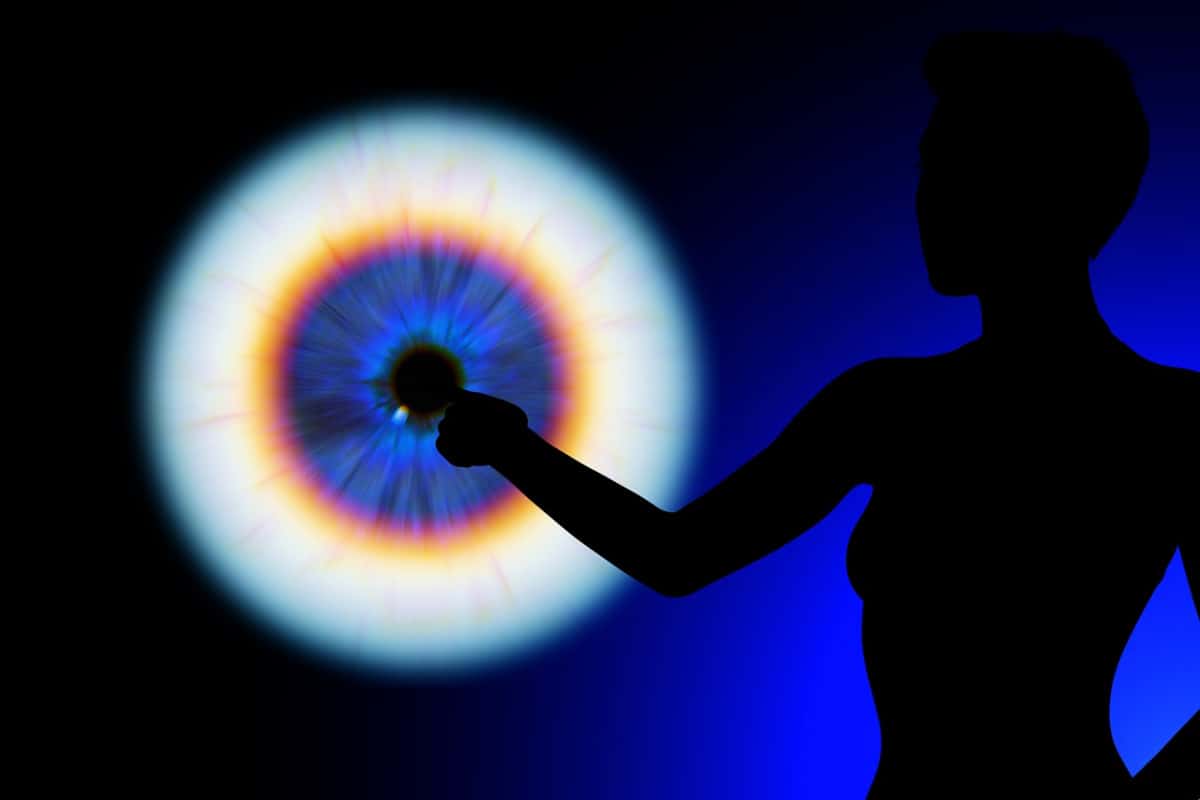There are only a few valid options out there for EMDR paddles and buzzers. Many brands use different terms for these devices, which can make things confusing for therapists and clients alike. The common terms
are tappers, paddles, buzzers, and pulsators. These all refer to the devices used for tactile stimulation in EMDR therapy.
Best EMDR Paddles / Pulsers Options for 2025
Our #1 choice for EMDR Paddles
We recommend EMDR Kit to all EMDR therapists looking for professional equipment. Their kits are easy to use and trusted by thousands of therapists worldwide.
Visit EMDR Kit
One of the most reliable companies producing EDMR stimulation devices is
EMDRKit. The Dutch company produces devices for all types of bilateral stimulation. What’s more, they even make a wireless version of these devices that work via Wifi. .
The EMDRKit includes pulsators as well, which can be controlled on a mobile or tablet through the app from this company. You can
visit their website here.The company ships both in the US and in Europe.
What are EMDR Pulsators?
EMDR paddles are commonly also called buzzers, pulsators, and tappers. These are vibrating devices that the client holds in their hands, one in each hand. The device vibrates or buzzes alternately, that is, right to left and left to right. This is part of tactile stimulation during EMDR therapy.
The EMDR paddles or pulsators are electronic devices designed especially for this purpose. These work on their own for the most part, but the frequency of the pulses or vibrations can be adjusted in most devices.
There are several different devices available nowadays that therapists can use with their clients. Even clients can buy these on their own to use for online EMDR therapy or when using
a virtual EMDR tool.
How to Use EMDR Paddles and Is It Different From Buzzers Or Pulsers?
Using EMDR paddles or pulsators is pretty easy. Traditionally, tapping can occur on shoulders, palms, or knees, but these devices usually create pulses in the palms.
There are two paddles, and the client holds one in each hand. Now, these are normally wired paddles controlled by a central device or even an app. The therapist can control the speed of the buzzing as per the need of the moment. If the client is conducting EMDR by themselves, they can set the speed and start their therapy session.
The actual mechanism of control differs by device. Now, we even have wireless ones that are controlled via smartphones.
The client’s job is just to keep holding on to these paddles while they
talk about their trauma. The device keeps vibrating alternatively (once on the left and once on the right).
What is Tactile Stimulation in EMDR?
In order to understand the function of EMDR paddles or tappers, it’s necessary to first have an understanding of tactile stimulation. These devices are essentially used for tactile stimulation, which is a type of EMDR bilateral stimulation.
EMDR therapy focuses on traumatic memories alongside
bilateral stimulation, which refers to the stimulation of both sides of the brain. To do that, there’s a need for external stimuli that goes from one side to the other while the client is focused on it and following.
Eye movement is the most common type of stimulation (visual) where a client follows the therapist’s finger or a light on the screen or device while they talk about their trauma. This bilateral stimulation helps activate the whole brain and also reduces the emotional stress of revisiting those memories.
Tactile stimulation refers to tapping on either side of the body of the client. Normally, either the therapist taps the palms or knees of the client in an alternate motion, or the client taps by themselves by putting their palms across their shoulders. This manual approach is not that feasible because of several reasons. One of those reasons is that psychologists avoid making any physical contact with their clients.
So to make tactile stimulation more convenient, safe, and efficient, some companies have introduced tapping devices, which look like paddles.
The purpose is pretty much the same as with other kinds of bilateral stimulation. The only difference is that for tactile stimulation in online or virtual therapy, these paddles are necessary. Unlike audio or visual stimulation, tactile stimulation cannot be done without the help of these pulsators.
Wrap Up
EMDR paddles are essential for successful tactile stimulation during EMDR therapy. While there are two other stimulation options that can also be done virtually, many therapists still prefer tactile stimulation. Some may use a combination of them.
The market for EMDR tappers and pulsators is a bit complicated and we do recommend to try out emdrkit.com to avoid any bad surprises.
Whatever paddles you end up buying, make sure to understand first how they work and how you can control them. This is because the process varies by device.
-
Mary-Beth is a Licensed Mental Health Counselor with a M.Ed in Clinical Mental Health Counseling from the University of Montevallo. Mary-Beth has been in the field of psychology in a variety of roles for the past 20 years.
View all posts






